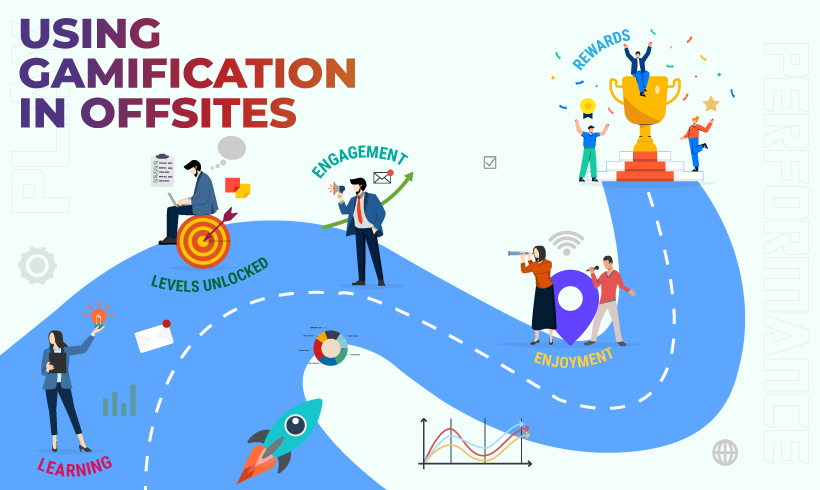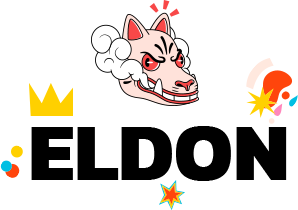

From Play to Performance: Using Gamification in Office Offsites
Gamification is a well-received strategy for enhancing customer engagement and is now being extended to the realm of workforce management. As organizations assess the efficiency of remote work versus in-office operations, they are recognizing the potential of internal gamification in fostering employee loyalty, productivity, and involvement. Through the incorporation of gaming elements into the conventional employee-manager relationship, companies are observing increased employee retention.
Gamification involves integrating game-like features into typically non-game tasks, like work or learning. Within a professional context, gamification becomes a means to stimulate employee participation, satisfaction, and tenure. This becomes particularly crucial for enterprises managing remote teams, aiming to ensure a positive employee experience.
Some Interesting Statistics in Support of Gamification:
In the past year, the global gamification market surged from $14.87 billion to $18.63 billion, as reported by The Business Research Company’s Gamification Global Market Report 2023. Projections indicate a 27.4 percent compound annual growth rate (CAGR) by 2025, reaching $30.7 billion. This growth is attributed to its profound influence on employee engagement and ROI.
For entrepreneurs aiming to enhance workforce retention and cultivate a thriving company culture, integrating gamification into their strategy holds significant value. This approach fuels higher employee motivation and dedication, fostering a sense of accomplishment. Furthermore, given the upsurge in gamification’s popularity, businesses must embrace this burgeoning trend to maintain competitiveness.
The Essence of Gamification:
Gamification involves integrating game-like elements and mechanics into non-game scenarios to encourage participation, competition, and skill development. This technique draws inspiration from the inherent human desire for achievement and recognition, channeling it into tasks that are often seen as mundane or routine. The infusion of gamification within office offsites transforms them into dynamic, engaging experiences that inspire active involvement and meaningful interactions.
Benefits of Gamification
Gamification offers substantial advantages, particularly when integrated into workforce training. Implementing gamification during employee onboarding and initial training curbs turnover and cultivates a more involved staff. This approach is especially valuable for remote teams, bridging gaps among geographically dispersed employees.
It Injects Enjoyment and Engagement into Learning
Gamification employs interactive visuals and infographics, amplifying information retention up to threefold. It enhances motivation to learn, making the process interactive and enjoyable. Overcoming the challenge of generating personal interest in content, gamification introduces a comfortable learning pace, allowing learners to grasp information more effectively.
It Decreases Employee Stress
Gamification enhances employee well-being and productivity. Elevated stress levels lead to adverse work atmospheres, dissatisfaction, and reduced performance. As stress diminishes and a more relaxed ambiance prevails, employee output ascends. The application of gamification in workplaces yields better staff outcomes.
It Appeals To a Younger Workforce
It particularly resonates with younger staff. Gamification is notably potent for digitally adept newcomers. Unique generational traits necessitate techniques aligning learning and skill growth with business aims. Gamified onboarding emerges as a lively, efficient solution for an evolving workforce.
Did you know that:
Gamification proves ideal for organizations aiming to promote continuous learning, elevate employee spirits and efficiency, and cater to a youthful staff demographic.
What does gamification in the office look like?
The most effective instances of companies utilizing gamification to inspire their workforce are those that harness intrinsic motivation. The most advantageous forms of gamification are employed to offer employees a compelling incentive not only to fulfill their job responsibilities but also to enhance their skills and contributions within the organization. This is achieved through an ongoing learning and management system that offers feedback and recognition within an engaging, game-like framework.
Here are some examples of game mechanics commonly used in gamification:
Goals: Users are motivated to complete specific tasks or objectives, and upon achievement, they receive rewards such as badges, points, or virtual items.
Status: Users can progress through levels or ranks by accomplishing activities. Leaderboards display rankings, fostering competition and motivating users to excel.
Community: Users are grouped to collaborate on solving problems, completing tasks, or achieving common goals. Teamwork and social interaction are encouraged.
Education: Users receive tips, tricks, and quizzes to enhance their knowledge and skills as they progress through the gamified experience.
Rewards: In addition to points and badges, rewards may include discounts, coupons, gift cards, or other tangible incentives. These extrinsic motivators keep users engaged while pursuing intrinsic goals like skill improvement or personal growth.
The key to successful gamification lies in leveraging both intrinsic and extrinsic motivations. This means tapping into users’ inherent desire to become more proficient at their jobs or achieve personal growth while also offering enticing rewards and recognition to maintain engagement and motivation.
In conclusion, the evolution from play to performance signifies a paradigm shift in how office offsites can be structured to maximize their impact. Gamification injects a sense of purpose and achievement into these activities, creating an environment where employees not only bond but also contribute meaningfully to the team’s success. By embracing the potential of gamification, organizations can turn their office offsites into transformative experiences that propel teamwork, innovation, and overall productivity to new heights.



